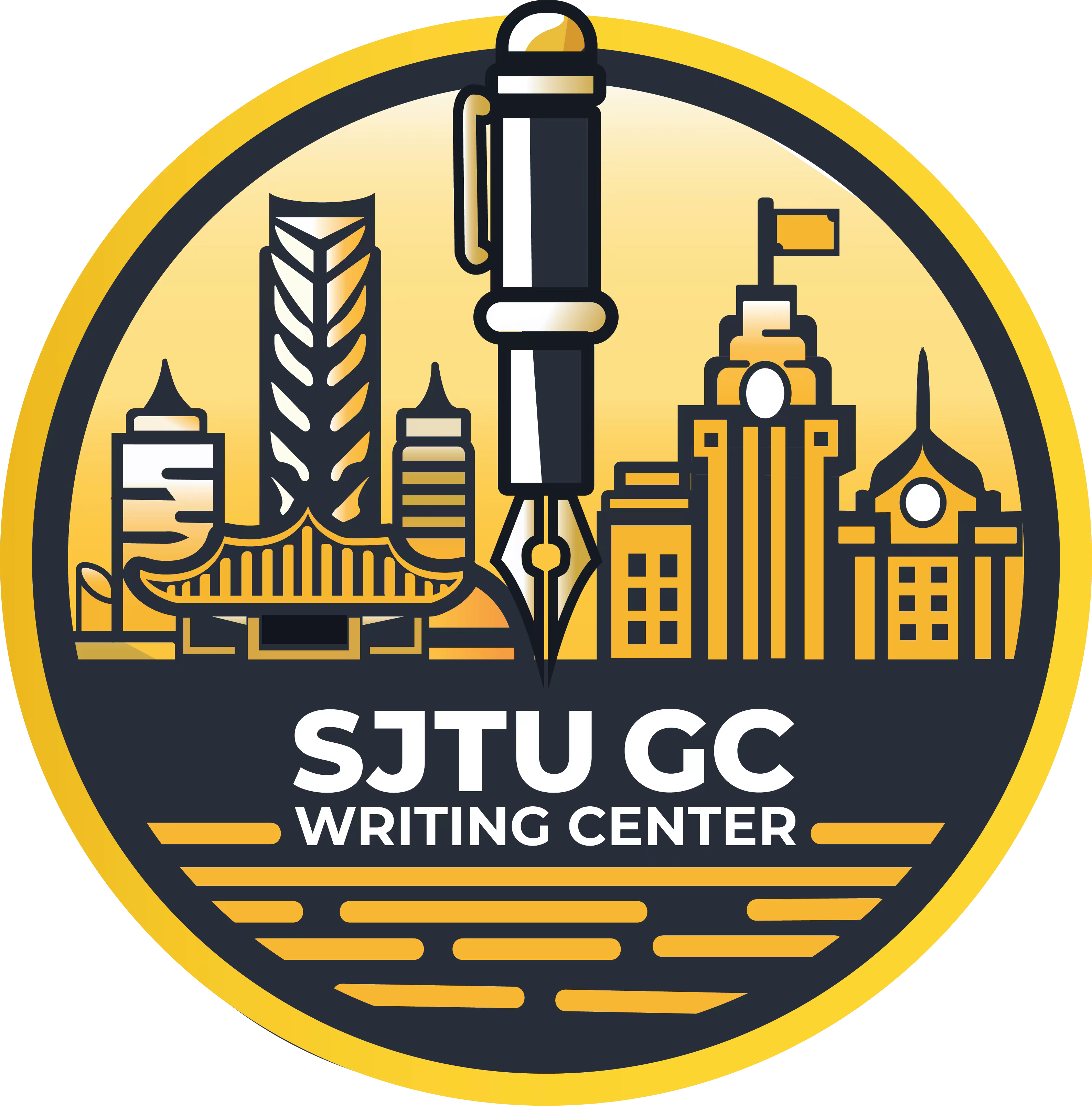Thesis Statement Issues
Thesis statement is usually put at the end of the introduction paragraph and serves as a concise summary of the main point or claim of an academic paper. A strong thesis should be clear and focused on a specific argument or perspective, leaving room for the paper to develop the idea in a structured and meaningful way. However, one major problem observed in some students’ academic writing is that their thesis statements have too many details, which makes it difficult for readers to quickly grasp the main idea.
Citations in Thesis Statement
For example, some students might utilize several citations in their thesis statement, but this is strongly not recommended. A thesis is different from arguments, and it should maintain its originality. Also, including citations can make the thesis more complicated or less clear, which may undermine its effectiveness.
Overwhelming List
Example: “This paper will explore the causes of climate change, including the greenhouse effect, deforestation, industrial pollution, and the use of fossil fuels, and it will also look at …….”
When you look at such a thesis, your focus will be distracted by what follows after “including.” Similar situations happen when students try to list something beginning with “such as,” “like,” and so on, which are not what the thesis statement should contain. Those listing elements will make the sentence long and boring, weakening the thesis’s duty to focus on a specific aspect of the issue.
Specific Number in Thesis Statement
Some students tend to cover certain experimental details in the thesis, which is unnecessary. Example: “… is proved by contrast experiments with over 4 million people lasting for 10 years, and the paper is to……” Specific numbers should generally not appear in the thesis statement, unless the number is related to the main design of an experiment and is truly crucial.
For instance, in the article “Does ChatGPT Argue Like Students? Bundles in Argumentative Essays”, “three-word-bundles” is the main method for the experiment, so it is expected to appear in the thesis statement of a summary paper. However, other things like how many volunteers had participated in the experiment are not typically expected in the thesis statement.
Including Too Much Background Information
Example: “Since the early 1990s, scientists have been researching the effects of diet and exercise on health…… which is why it is crucial for individuals to change their lifestyles in order to prevent cardiovascular issues.”
This sentence is extremely long and includes excessive context (scientific history, statistics, findings) instead of focusing on the main argument. Our thesis doesn’t need this. Instead, background information should appear in the early part of the introduction, while the thesis itself should remain clear and concise.
